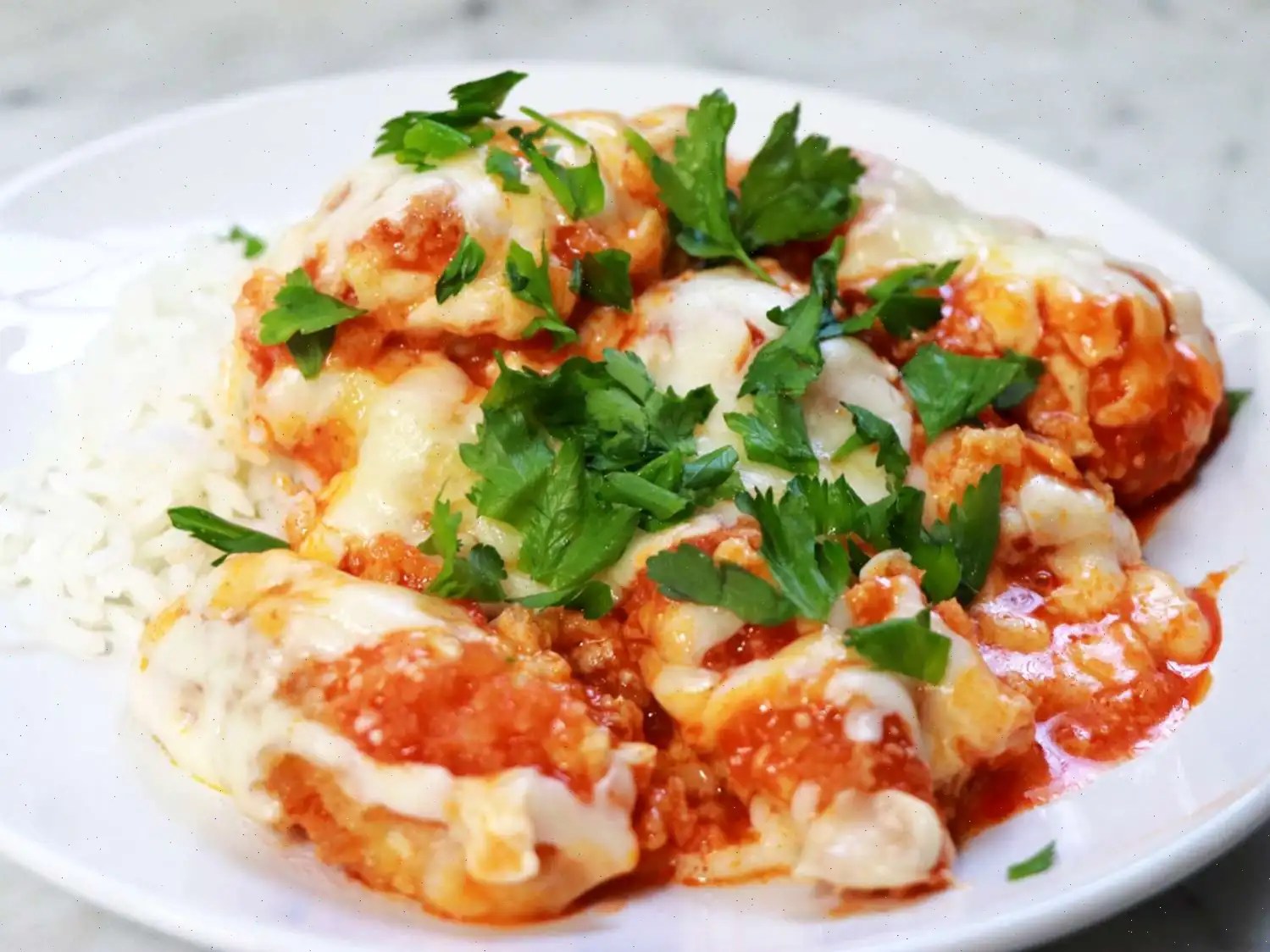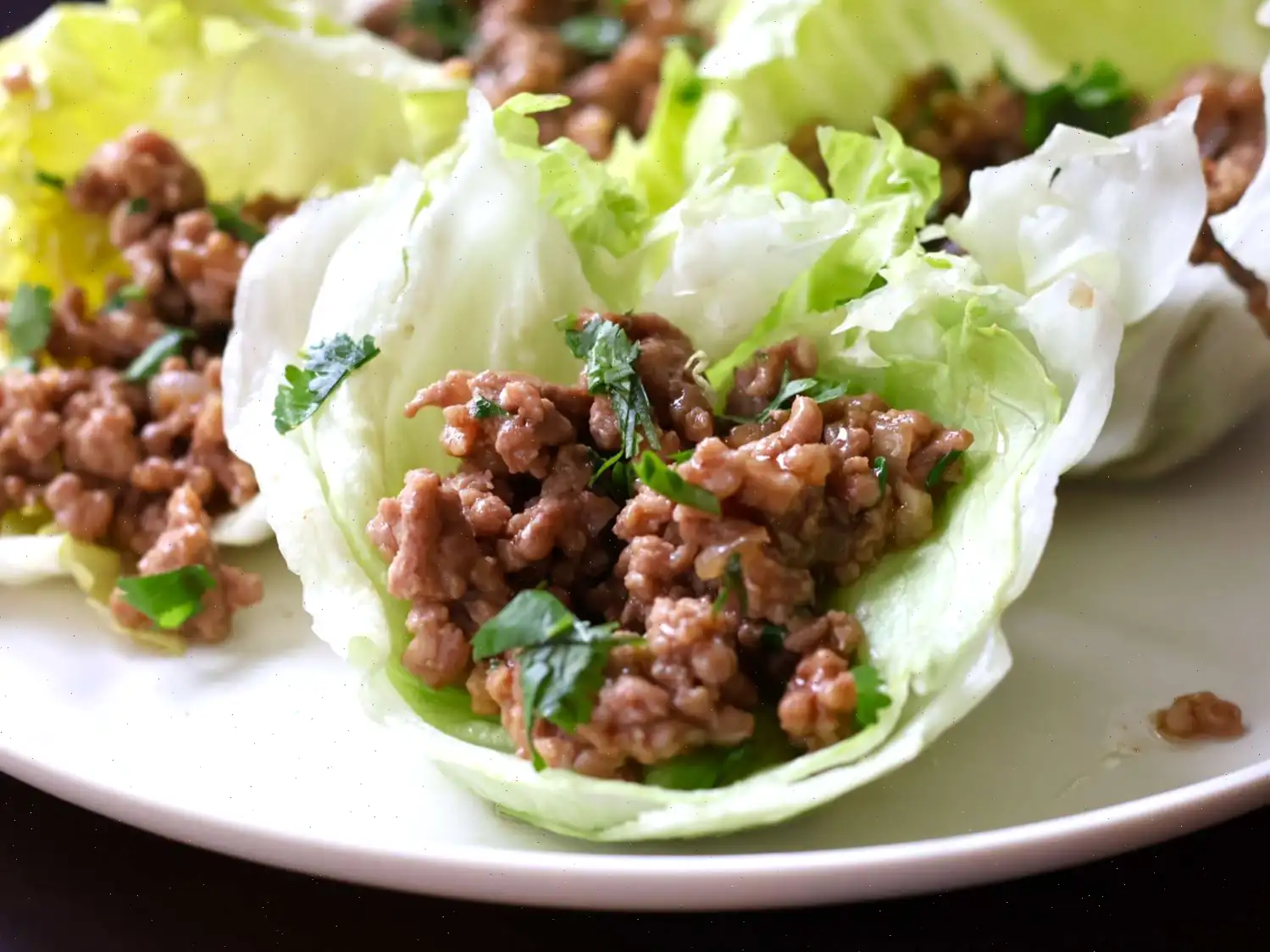
Rutabaga Beef Stew Recipe
Beef Chuck Roast Stew
Ingredients:
- 1 pound boneless beef chuck roast, trimmed
- 2 tablespoons all-purpose flour
- teaspoon salt
- teaspoon ground black pepper
- 2 tablespoons vegetable oil
- cup dry red wine (Optional)
- 3 cups low-sodium beef broth
- 2 cups cubed rutabaga
- 1 medium onion, cut into thin wedges
- 4 carrots, cut diagonally into 1-inch pieces
- cup thinly sliced celery
- 4 cloves garlic, minced
- 2 bay leaves
- 2 teaspoons herbes de Provence
Directions:
Step 1: Cut the beef chuck roast into -inch pieces. In a bowl, toss together the beef, flour, and teaspoon of both salt and pepper until evenly coated.
Step 2: Heat the vegetable oil in a large pot over medium-high heat. Add the beef pieces and cook, stirring occasionally, until browned, about 5 minutes.
Step 3: If you're using red wine, pour it into the pot and let it simmer for 3 to 4 minutes to allow the alcohol to evaporate.
Step 4: Add the beef broth, cubed rutabaga, onion wedges, carrots, sliced celery, minced garlic, bay leaves, and herbes de Provence to the pot. Stir to combine.
Step 5: Bring the mixture to a boil, then reduce the heat to low. Cover the pot and let it simmer for 30 to 40 minutes, or until the beef and vegetables are tender.
Step 6: Once cooked, discard the bay leaves and give the stew a final stir before serving.
Nutrition Facts (per serving):
- Calories: 462
- Total Fat: 31g (40% DV)
- Saturated Fat: 10g (51% DV)
- Cholesterol: 82mg (27% DV)
- Sodium: 444mg (19% DV)
- Total Carbohydrate: 20g (7% DV)
- Dietary Fiber: 4g (16% DV)
- Protein: 25g (51% DV)
- Potassium: 990mg (21% DV)
* Percent Daily Values are based on a 2,000 calorie diet. Your daily values may be higher or lower depending on your calorie needs.

Origin and History
Rutabaga beef stew, a hearty dish often enjoyed during colder months, has its roots in northern European cuisine. The rutabaga, a root vegetable also known as swede, is believed to have been cultivated in Scandinavia and has been a staple in many European diets for centuries. This humble vegetable pairs wonderfully with beef, creating a dish thats both nourishing and filling. The inclusion of rutabaga in stews is particularly common in Scandinavian and British cooking, where it was historically used as a more affordable alternative to potatoes during times of scarcity.
Regional Variations
While the basic concept of beef stew is widespread, the addition of rutabaga is characteristic of colder regions where root vegetables thrive. In Sweden, Norway, and parts of Canada, rutabagas are often used in traditional stews, soups, and even in mashed forms as side dishes. In the United States, particularly in New England, rutabagas may be included in autumn stews, often alongside other root vegetables like carrots and potatoes, adding a touch of earthy sweetness and depth to the dish.
Distinct Features
Compared to other beef stews, what sets rutabaga beef stew apart is its unique combination of flavors. The rutabaga offers a mildly sweet, slightly peppery taste that complements the richness of the beef, which is often simmered to a tender texture. Other common beef stews may rely more heavily on potatoes or turnips, but the use of rutabaga brings a distinct flavor profile to the dish. Additionally, this stew often includes herbs like herbes de Provence, which is less common in more traditional American or British beef stews.
Where It's Served
Rutabaga beef stew is typically served in home kitchens across colder climates, especially in rural and farming communities where hearty, filling meals are essential. Its a popular choice for family gatherings or holiday dinners, especially in northern Europe and parts of the U.S. like New England, where comfort food is a tradition. This dish is also often served in restaurants that specialize in traditional or hearty European-style cuisine. It can be enjoyed on its own or accompanied by crusty bread, perfect for dipping into the savory broth.
Fun Facts
Here are a few fun facts about rutabagas and the stew itself:
- Rutabagas are a hybrid vegetable, a cross between a turnip and cabbage, and were first cultivated in the 17th century.
- The name "rutabaga" comes from the Swedish word "rotabagge," which literally translates to "root bag," referring to its round shape.
- In parts of Scandinavia, rutabagas were once used in Halloween lanterns before pumpkins became popular.
- While beef is the most common meat used in this stew, some variations may incorporate lamb or pork, depending on regional preferences.
- Rutabagas are high in Vitamin C, making this stew not only delicious but also a great source of nutrition during the winter months.
Conclusion
Rutabaga beef stew is more than just a warming mealit's a piece of culinary history that ties together cultures from Europe and North America. Its blend of tender beef, earthy rutabaga, and fragrant herbs makes it a beloved dish in colder climates, where hearty meals are essential for surviving the long winters. Whether you're looking to explore the roots of traditional European cuisine or simply enjoy a delicious, comforting meal, this stew is sure to satisfy.
Comments
Janet Wright
12/10/2024 10:49:44 AM
This was excellent.








